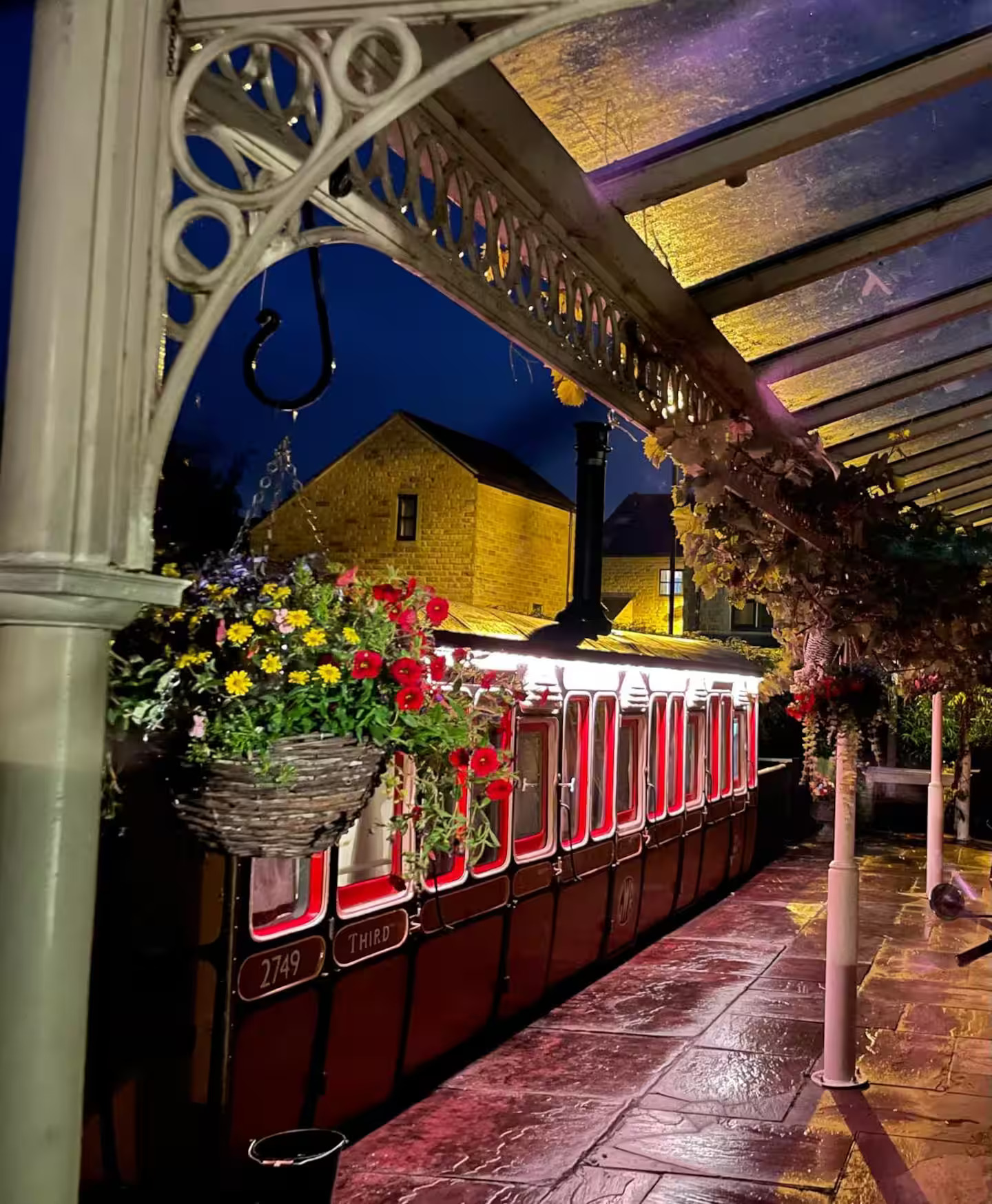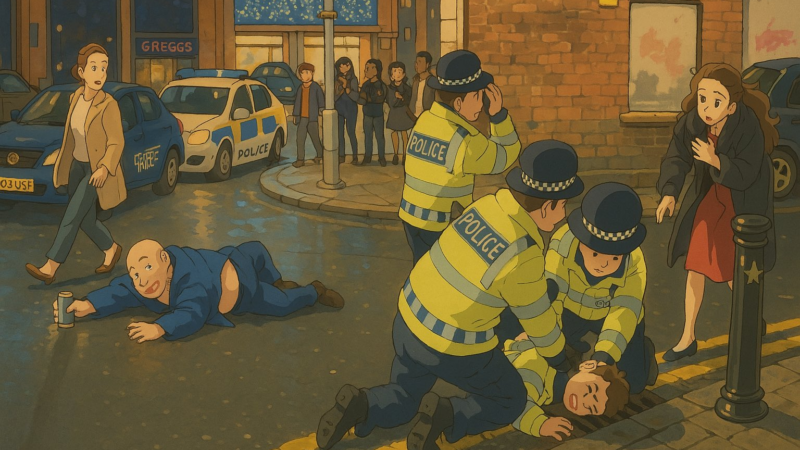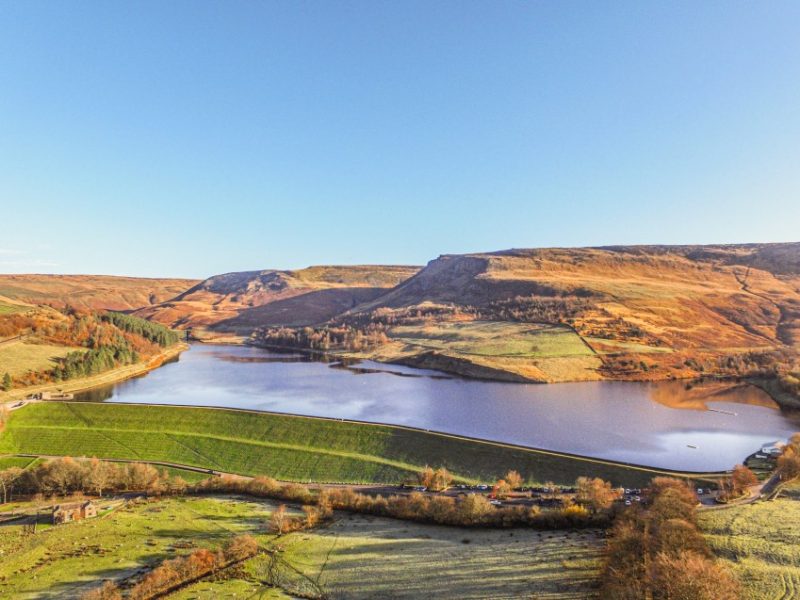Feature
Sailing through Salford: The floods of 1852 that left the north 6ft underwater
169 years ago, on February 5, torrential rainfall in the North-West led to a number of rivers and streams in Manchester to burst their banks.
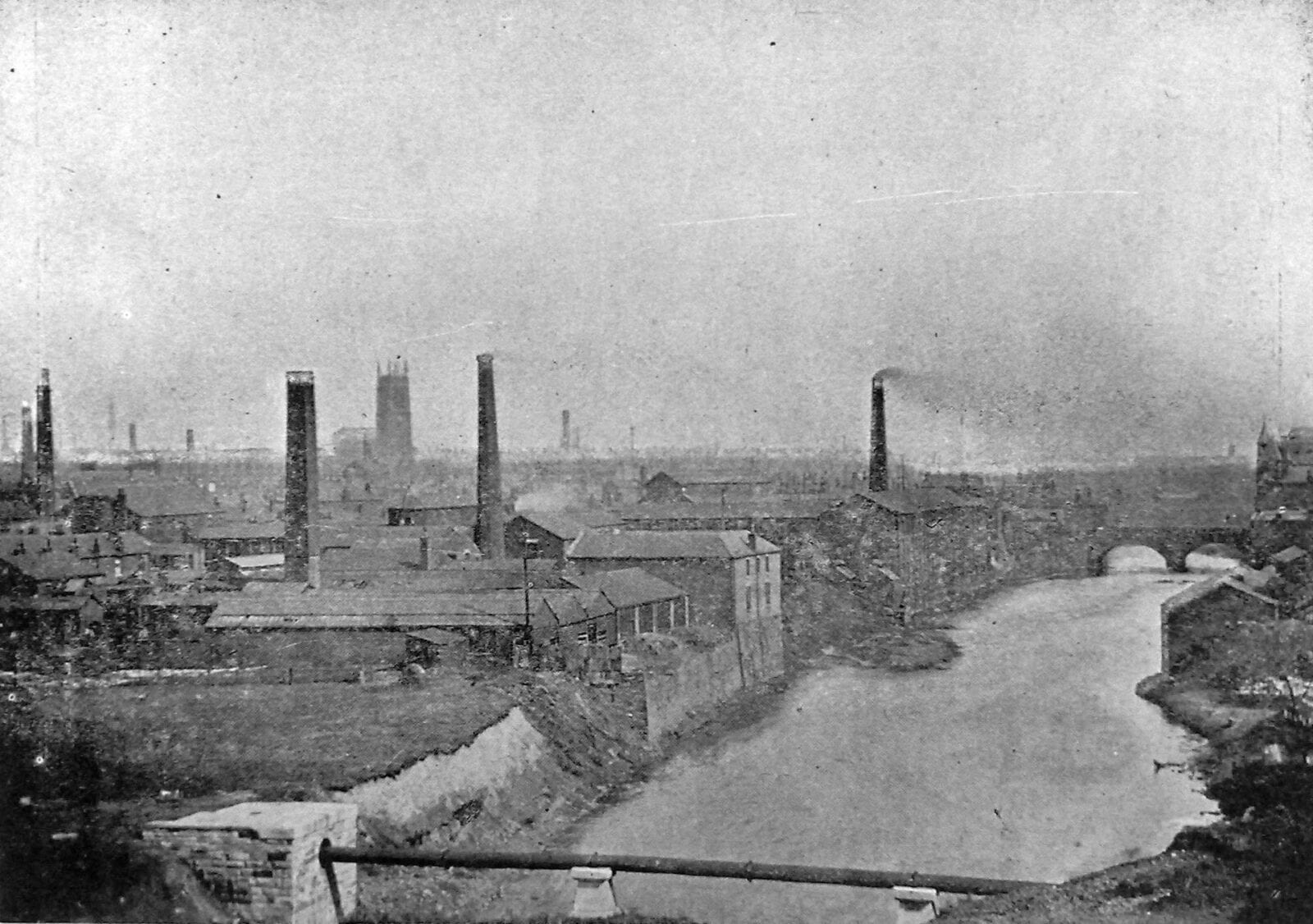
The arrival of Storm Christoph in January 2020 put Greater Manchester under its greatest threat of catastrophe for some time.
Over 2,000 homes were evacuated as the region was battered with ice and snow, and water levels in the River Mersey reached their highest levels. According to the Environment Agency, the waterway was just 2cm away from disaster.
Still, if the local situation appeared perilous then, it’s hard to imagine what was running through the minds of residents in 1852 – when parts of Manchester were left submerged in water rising up to bedroom windows.
169 years ago, on February 5, the North-West fell victim to days of torrential rainfall – causing a number of rivers and streams in Manchester to burst their banks.
Peel Park, which runs right alongside the River Irwell, was completely swamped during the bout of adverse weather – plunging the green space 4-6ft underwater.
The flooding was so bad that it left some residents stranded from their homes – with locals forced to create makeshift boats and float down the roads to get back to their properties instead.
Ben McGarr, in The Manchester Book of Days, writes: “Those living beyond Strangeways and Salford were forced to find alternative ways to travel home; some sailed up the flooded Great Clowes Street, Lower Broughton Road, and Hough Lane.”
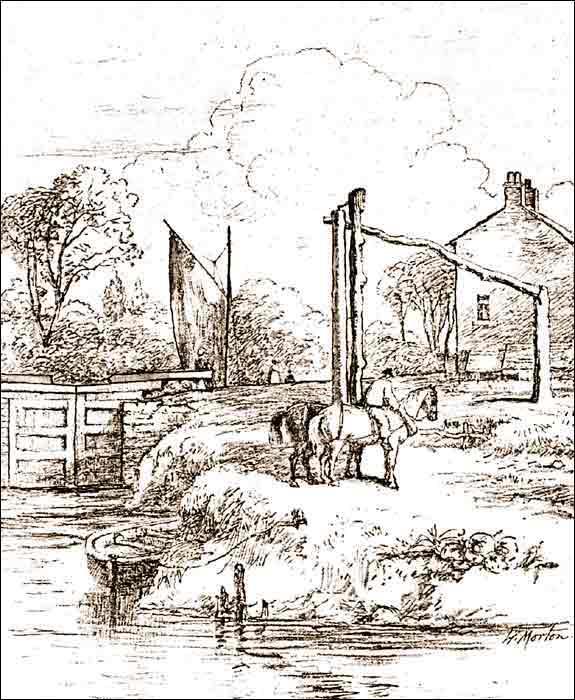
The River Irk, Mersey, Goyt and Black Brook all spilled out onto surrounding areas, with data from the British Hydrological Society confirming an overflow from the River Medlock causing “flooding with some damage”.
It was some of the worst weather to befall the city and and a natural crisis the likes of which many had never seen before.
Indeed, many residents were apparently left frozen in fear by the sight of water gushing out onto the grasslands, not knowing what to do.
In Shock Cities, Harold L. Platt explains that some of the homes and farms in Broughton were 6ft below water by the evening of Feb 5, but miraculously, there were no recordings of loss of life. Whilst the residents riding boats back to their homes may not have thought it at the time, things could have actually been much worse.
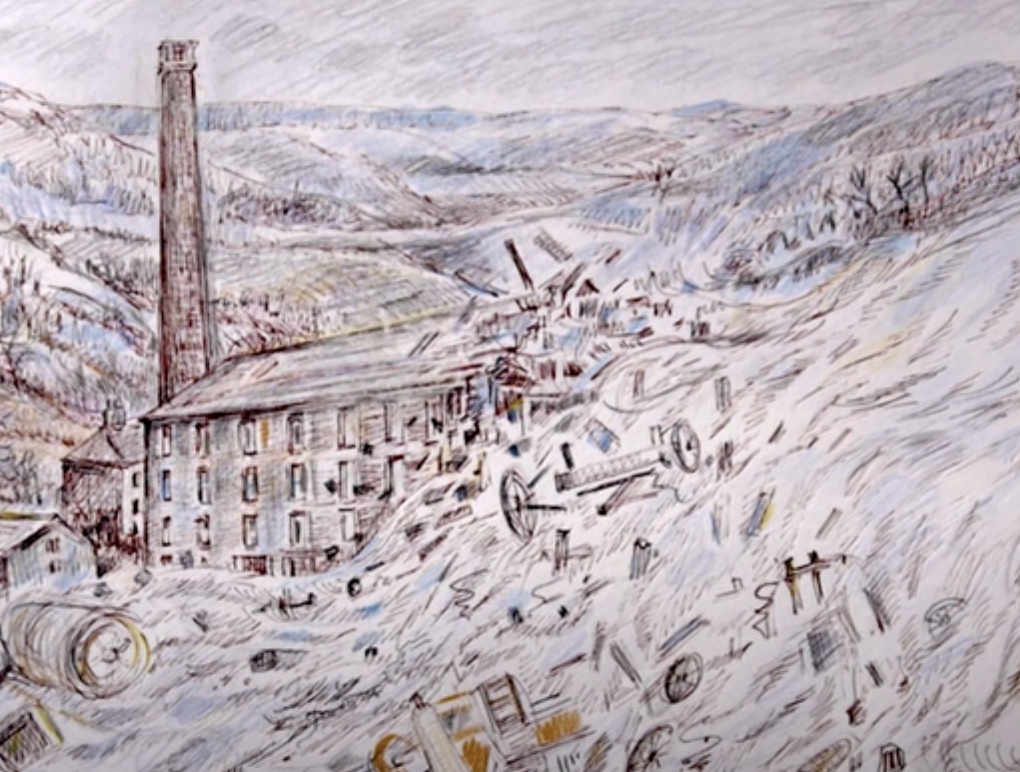
On the same date, much graver consequences occurred further north in Holmfirth, Yorkshire.
After weeks of rain, the area’s Bilberry reservoir eventually burst open on Feb 5 and released 86 million gallons of water into Holmfirth itself – decimating homes and farms and killing at least 81 people (although contemporary newspaper reports may have underestimated the total number of deaths).
The flooding was so bad that it made national headlines – appearing on front pages of newspapers beyond the north.
An inquest found poor construction work on the reservoir to be the culprit – and it still ranks to this day as one of the worst disasters to hit the north of England.
Despite its relative obscurity in the modern era, the disaster received renewed attention in 2016 – when the 1852 floodings became the subject of a film titled: Twelve Pounds and Ten Shillings would have Sufficed.
Watch the movie online here.


